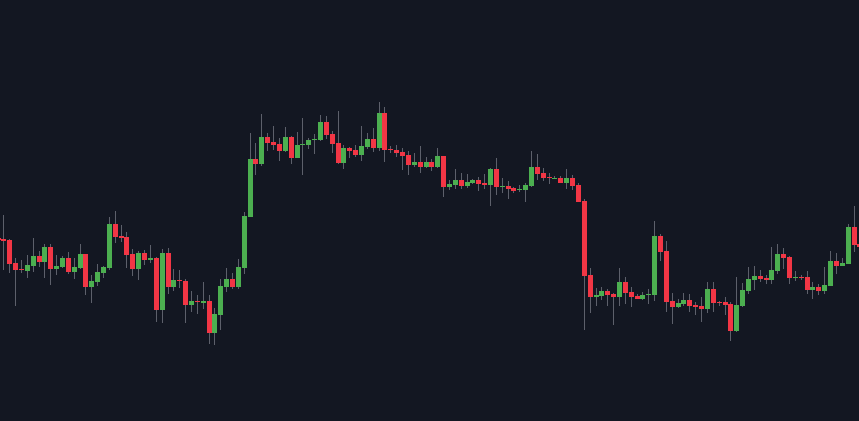
Trading is not merely a financial venture; it’s a mindset, a dynamic approach to navigating the ever-changing currents of the market. Successful traders understand that the landscape they operate in is inherently unpredictable, and to thrive, they must cultivate a resilient mindset. In this blog post, we delve into the key aspects of the trader’s mindset, exploring the traits and strategies that enable traders to not just survive but thrive in the dynamic world of financial markets.

Adaptability
One of the fundamental pillars of the trader’s mindset is adaptability. Financial markets are dynamic, influenced by a myriad of factors from economic data to geopolitical events. Successful traders embrace change and are quick to adjust their strategies in response to evolving market conditions. Flexibility allows traders to capitalize on opportunities and mitigate risks effectively.
Discipline
Discipline is the rudder steering the trader’s ship through the ups and downs of the market. It involves sticking to a well-defined trading plan, managing risk, and adhering to a set of rules. A disciplined trader resists emotional impulses, avoiding impulsive decisions that can lead to losses. Consistent application of discipline is the foundation of long-term success.
Risk Management
In the unpredictable sea of financial markets, risk is an inherent factor. Traders who thrive understand the importance of effective risk management. This involves setting stop-loss orders, diversifying portfolios, and only risking a small percentage of capital on each trade. By managing risk prudently, traders protect themselves from significant financial storms.
Continuous Learning
The trader’s journey is a perpetual learning experience. Markets evolve, new technologies emerge, and strategies that once worked may become obsolete. Successful traders are lifelong learners, staying informed about market trends, economic indicators, and innovative trading strategies. Continuous education is the wind in the trader’s sails, propelling them toward mastery.
Emotional Resilience
Emotions can be a trader’s greatest ally or their most formidable foe. The ability to remain calm under pressure, whether facing losses or gains, is a hallmark of a seasoned trader. Emotional resilience enables traders to make rational decisions, free from the influence of fear or greed, and stay focused on long-term goals.
Patience
Patience is the anchor that keeps the trader steady during periods of market uncertainty. Not every trade will result in immediate gains, and successful traders understand the value of waiting for the right opportunities. Patience allows traders to ride out market fluctuations and avoid succumbing to impulsive actions driven by short-term market noise.
Conclusion
In the dynamic landscape of financial markets, the trader’s mindset is the compass that guides them through uncertainty and towards success. By embracing adaptability, discipline, effective risk management, continuous learning, emotional resilience, and patience, traders equip themselves to navigate the ebb and flow of market trends. Whether you’re a seasoned trader or just starting your journey, cultivating a resilient mindset is key to not only surviving but thriving in the ever-changing world of trading. The trader’s mindset is not just about making profits; it’s about mastering the art of navigating the dynamic financial seas with skill, poise, and a constant thirst for knowledge.

